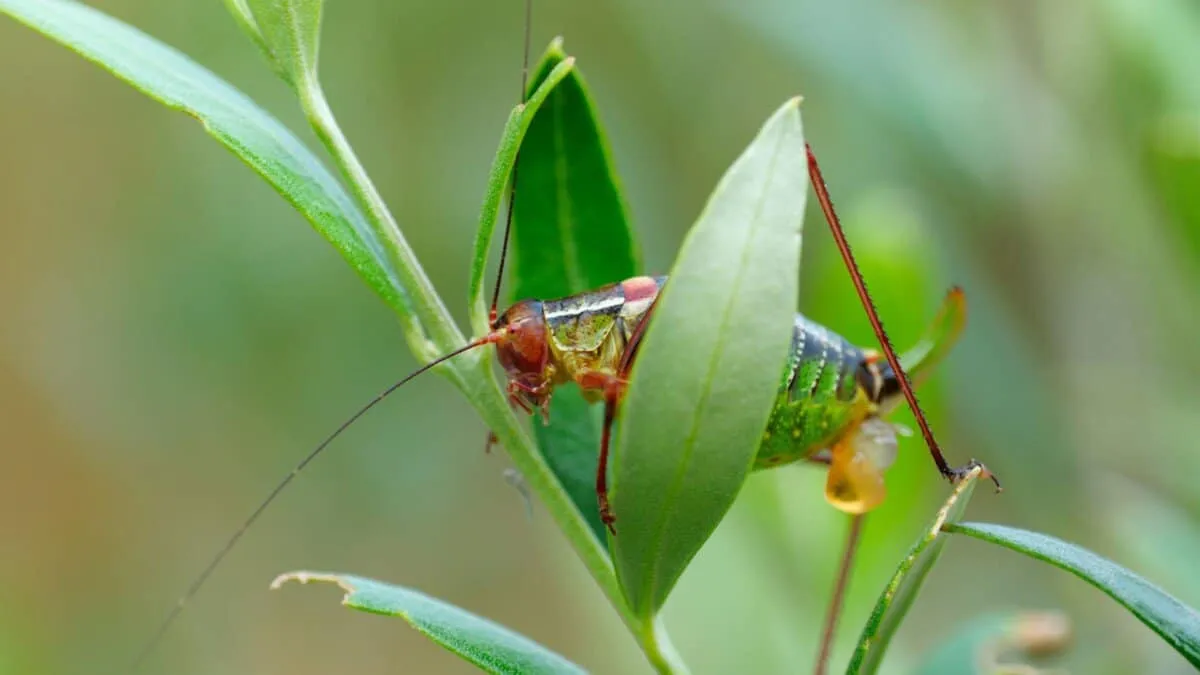Why Feed Tarantulas Dead Crickets
Feeding your tarantula can be a rewarding experience, but it’s crucial to prioritize both the spider’s health and your own convenience. One of the most practical choices for tarantula owners is feeding dead crickets. While live crickets might seem like the natural option, there are several compelling reasons why offering pre-killed crickets can be a superior choice. This guide delves into the top 5 facts about feeding tarantulas dead crickets, offering insights that will help you make informed decisions about your pet’s diet and care. Understanding the benefits of dead crickets can significantly improve your tarantula-keeping experience, making it safer, more manageable, and ultimately, more enjoyable.
Convenience and Safety
One of the primary advantages of using dead crickets is the increased convenience and safety they offer. Live crickets can be difficult to handle and store, often escaping and potentially creating a nuisance in your home. Furthermore, live crickets can pose a threat to your tarantula. They may bite or injure the spider, especially during molting when the tarantula is particularly vulnerable. Dead crickets eliminate these risks, allowing for a stress-free feeding process. You can easily control the feeding environment without the worry of escapes or potential harm to your pet. This ease of use makes dead crickets a preferred option for both novice and experienced tarantula keepers.
Ease of Storage and Handling
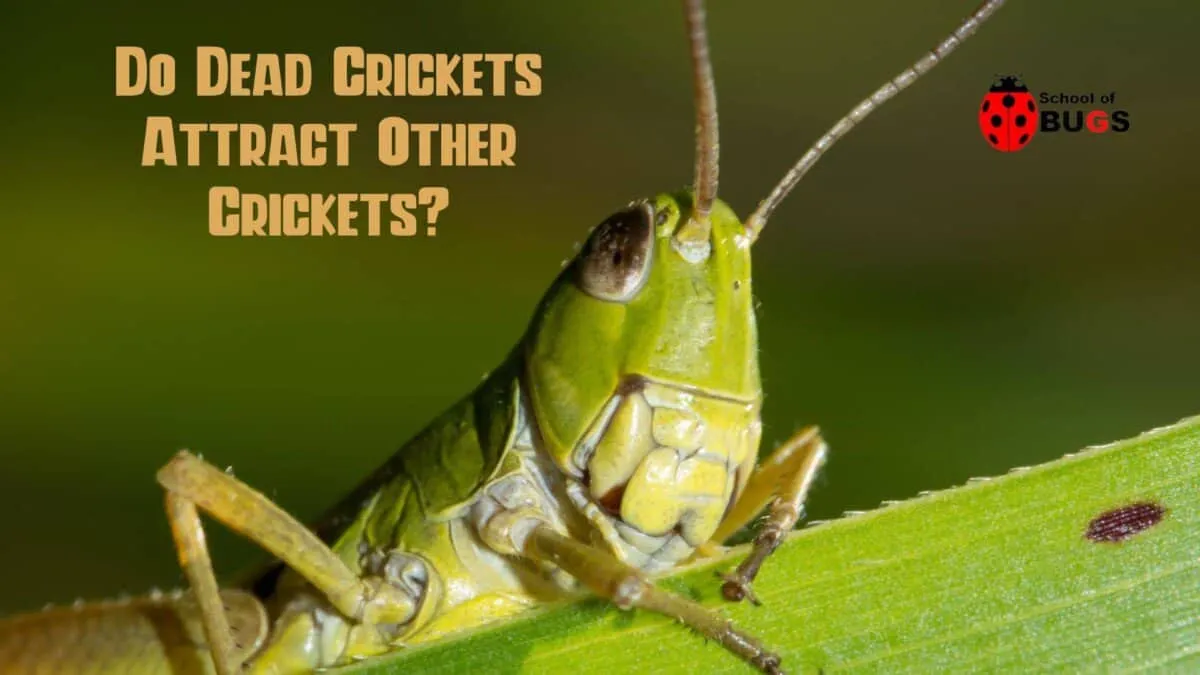
Storing live crickets requires specific conditions, including proper ventilation, food, and water, which can be time-consuming. Dead crickets, on the other hand, are much easier to manage. They can be stored in the freezer for extended periods, allowing you to buy in bulk and save money. This reduces the need for frequent trips to the pet store and ensures you always have a ready supply of food for your tarantula. Handling dead crickets is also simpler, as you don’t have to worry about them escaping or scattering around their enclosure. This simplicity makes feeding time less stressful and more efficient.
Reduced Risk of Injury
Live crickets, despite being a natural food source, can inflict harm on tarantulas. They have been known to bite or nip at the spider, which can lead to injury, especially during molting when the tarantula’s exoskeleton is soft and vulnerable. A cricket bite can cause stress, infection, or even death. Dead crickets remove this risk entirely, as they cannot bite or injure the tarantula. Feeding dead crickets provides a safer feeding environment, allowing your tarantula to consume its meal without fear of harm. This aspect is particularly important for the health and well-being of your pet.
Nutritional Considerations
While the safety and convenience of dead crickets are undeniable, the nutritional value is also a critical factor. Proper nutrition is essential for your tarantula’s growth, health, and overall well-being. Dead crickets, when prepared correctly, can provide a balanced diet that meets the nutritional needs of your spider. However, it’s important to understand the nutritional profile of crickets and how to optimize their value through proper preparation and, when necessary, supplementation. The following sections will delve into how to ensure your tarantula receives the optimal nutrients from its diet.
Nutritional Value Comparison
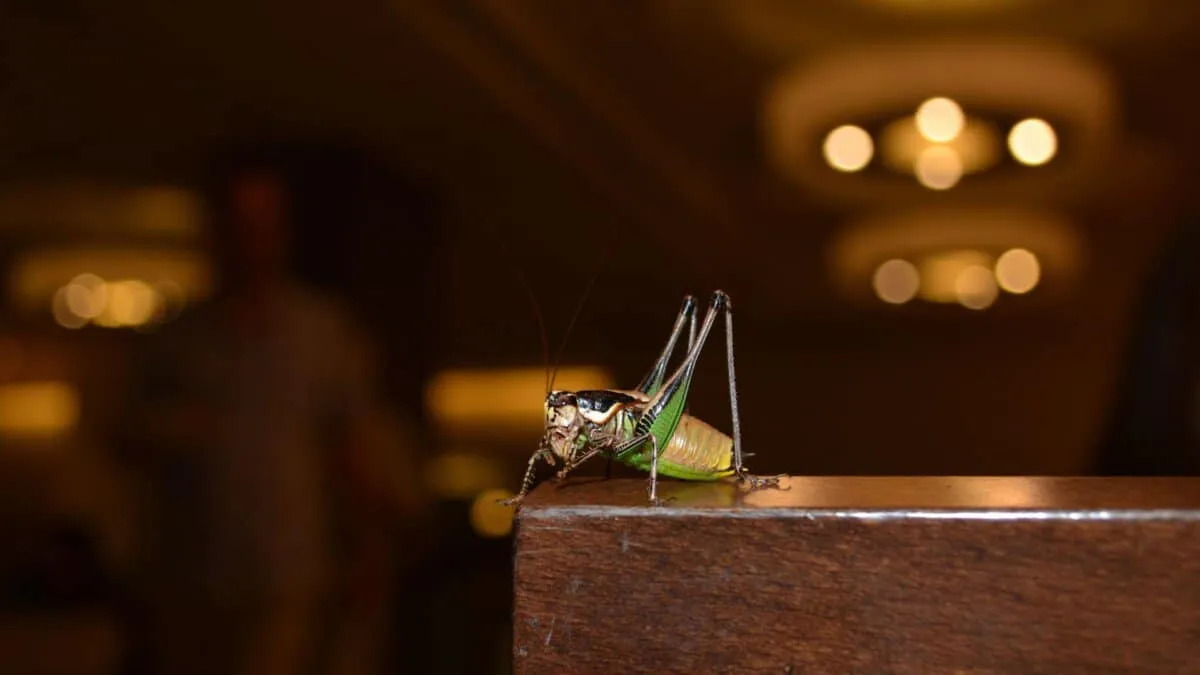
The nutritional value of crickets depends on several factors, including their diet and the stage of their life cycle. Generally, crickets are a good source of protein, which is essential for tarantula growth and development. They also contain fats, fiber, and various vitamins and minerals. When comparing live versus dead crickets, the nutritional differences are often minimal if the dead crickets are handled and stored properly. The key is to ensure the crickets are fresh and haven’t been exposed to extreme temperatures or prolonged storage, which can degrade their nutritional content. The nutritional comparison often highlights the advantages of gut-loading the crickets before feeding them to your tarantula, which increases their nutritional value.
Gut-Loading Dead Crickets
Gut-loading is the process of feeding crickets a nutritious diet before they are fed to your tarantula. This practice significantly enhances the nutritional value of the crickets, ensuring your spider receives a well-balanced meal. Before killing the crickets, feed them a diet rich in vitamins, minerals, and other essential nutrients, such as fresh vegetables, fruits, and commercial cricket food. This practice is equally applicable to crickets whether they are alive or dead. The gut-loading process effectively transfers these nutrients to the crickets, which your tarantula then consumes. This is a key strategy for providing optimal nutrition and supporting the overall health of your tarantula. Image: gut-loading-dead-crickets-4.webp
How to Prepare Dead Crickets
Preparing dead crickets for your tarantula is a straightforward process that involves several important steps. Proper preparation not only ensures the safety of your tarantula but also maximizes the nutritional benefits of the meal. From sourcing the crickets to the actual feeding process, understanding these steps will help you provide the best possible care for your pet. It’s crucial to pay attention to cleanliness and hygiene throughout the process to prevent any potential health issues for your tarantula. The following steps outline how to prepare dead crickets safely and effectively.
Sizing Your Cricket
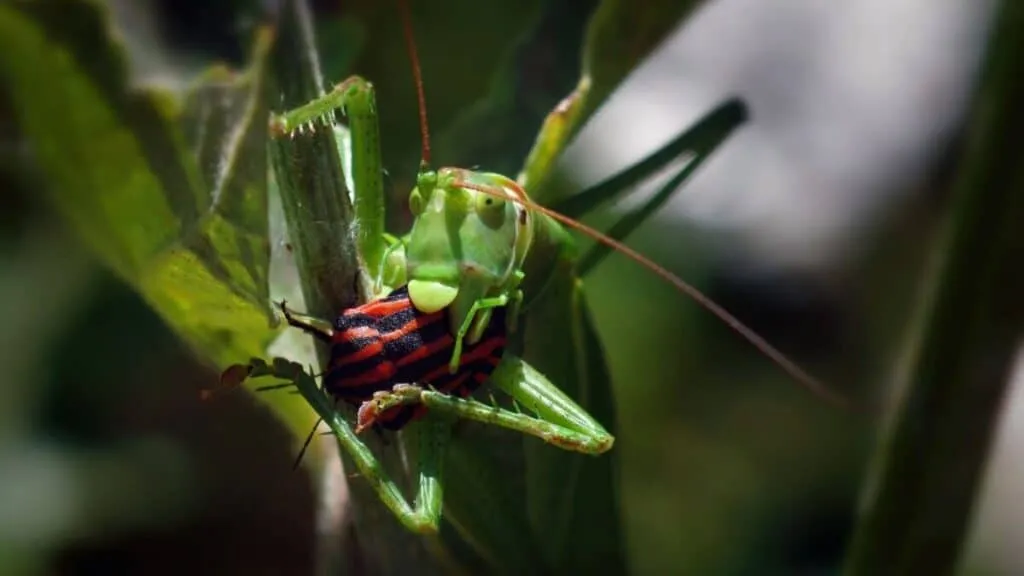
Selecting the appropriate size of crickets is paramount to ensure your tarantula can eat them comfortably and digest them properly. As a general rule, the cricket should be no larger than the tarantula’s abdomen. Overly large crickets can be difficult for the spider to handle and digest, potentially leading to health problems. Image: sizing-cricket-for-tarantula-5.webp
Thawing and Preparation
If you have frozen dead crickets, thaw them completely before feeding. Place the crickets in a warm area or use lukewarm water to facilitate thawing, but avoid using a microwave, as this can alter their nutritional composition. Once thawed, ensure the crickets are at room temperature to avoid shocking your tarantula. Consider removing the legs of the cricket, particularly the spiny back legs, as they can pose a slight risk of injury if the tarantula doesn’t crush them completely. Always prioritize cleanliness by washing your hands and using clean tools when handling the crickets to prevent any contamination. This careful preparation guarantees a safe and nutritious meal for your tarantula. Image: tarantula-eating-dead-cricket-3.webp
Feeding Frequency and Amount
The frequency and amount of feeding depend largely on your tarantula’s species, age, and overall health. Understanding these factors will help you determine the best feeding schedule for your pet, ensuring it receives the proper nutrition without overfeeding. It’s crucial to observe your tarantula and adjust the feeding schedule as necessary. The general guideline is to feed juvenile tarantulas more frequently than adults. Adjustments in feeding frequency and amount should be made based on the tarantula’s growth, molting cycle, and any specific dietary requirements of the species.
Adjusting for Spider Size and Stage
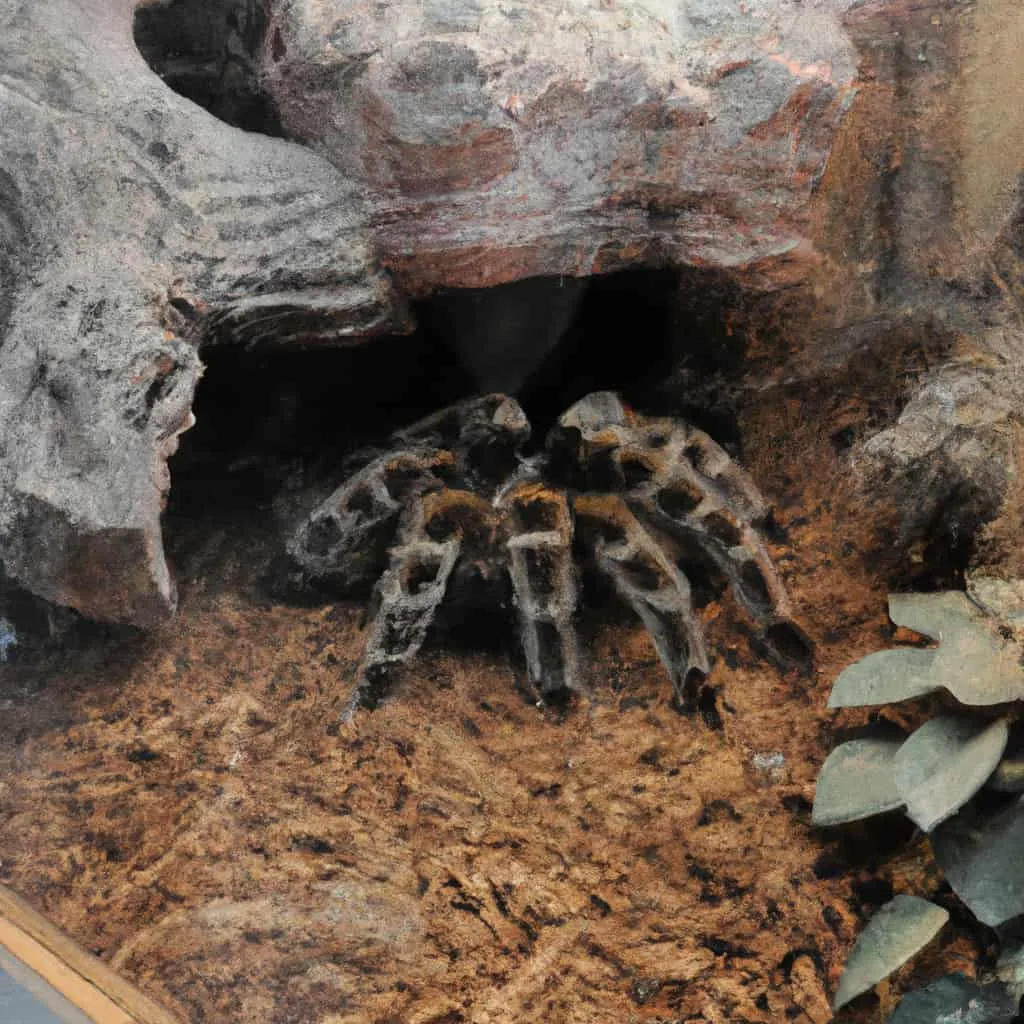
Juvenile tarantulas, which are in the process of rapid growth, require more frequent feeding compared to adult tarantulas. Young spiders might be fed two to three times a week. Adjust the amount of food according to the size of the spider, ensuring it consumes the entire meal. Adult tarantulas, however, can typically be fed once every week or two. Observe your spider for signs of fullness or refusal to eat. Overfeeding can lead to health problems, so it’s essential to strike the right balance. During molting, tarantulas often refuse food, and it’s best to avoid feeding during this period. Always adjust the feeding schedule based on your spider’s specific needs. Image: tarantula-feeding-schedule-6.webp
Monitoring and Waste Removal
Regularly monitor your tarantula’s enclosure to ensure it’s clean and free of any leftover food or waste. Unconsumed dead crickets should be removed within 24 hours to prevent the buildup of mold and bacteria, which can be harmful to your spider. Image: tarantula-habitat-cleaning-7.webp
Alternative Food Options
While dead crickets are a popular choice, various alternative food options can be incorporated into your tarantula’s diet. These alternatives can provide additional nutrients and variety, keeping your spider’s diet balanced and preventing any potential nutritional deficiencies. Exploring different food sources also ensures that you have backup options in case dead crickets are not readily available or if your spider develops a preference for something else. Offering a diversified diet can contribute to a healthier and more enriched lifestyle for your tarantula. Image: tarantula-feeding-alternatives-8.webp
Other alternatives to crickets include mealworms, super worms, and dubia roaches. These options offer different nutritional profiles and can be easier to manage than live crickets. Mealworms and super worms are readily available and can be gut-loaded to enhance their nutritional content. Dubia roaches are another excellent option, known for their high protein content and ease of care. Other options include small lizards, moths and locusts.
In conclusion, feeding dead crickets to your tarantula offers several benefits, including convenience, safety, and ease of handling. They are a practical and safe food option for your pet. They are also easy to store and handle. Properly preparing and feeding dead crickets ensures your tarantula receives a well-balanced and nutritious diet, contributing to its overall health and longevity. Supplementing with other food sources can further enhance the nutritional profile of your spider’s diet. By following the guidelines outlined in this guide, you can provide optimal care and create a thriving environment for your tarantula.
